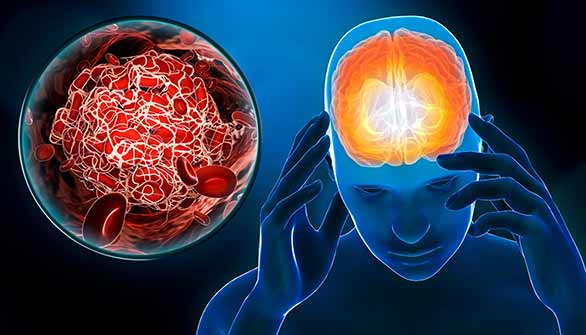
Concussions and other types of brain injuries are scary and can have life-altering consequences. Sadly, they are also common. In 2014, the latest year with data available from this CDC source, more than 2.5 million people visited the emergency room due to a traumatic brain injury.
Some of the most common causes of a traumatic brain injury are:
- Falls – especially in older adults and young children – account for 47.9% of all traumatic brain injuries
- Motor vehicle accidents – account for 13.2% of traumatic brain injuries
- Violence – e.g., gunshot wounds, domestic abuse, assaults
- Sports-related injuries, especially in children
- Wartime injuries
In many cases, someone may not realize that they have suffered from a traumatic brain injury. In 2009, Tony Award-Winning Actress Natasha Richardson suffered a traumatic brain injury after taking a fall during a ski lesson. She felt fine right after the fall and even stayed on the slopes a little while longer. Later that day, she developed a headache and went to the local emergency room. She was subsequently transferred to a hospital in New York, where she died from her injuries.
If you are the victim of a fall, accident, or other situation that causes a blow to your head, the first step is to be evaluated by a doctor shortly after the incident, even if you are not experiencing any brain injury symptoms. When you visit your nearest emergency room, the doctors will give you a neurology examination and testing as well as possibly recommend other diagnostic tests, like an MRI, CT scan, or blood tests . Unfortunately, though, many doctors often misdiagnose traumatic brain injuries as a mild concussion at this point.
Over time, patients with traumatic brain injuries can experience mood disturbances, trouble focusing, lethargy, headaches, memory loss, or loss of smell that can persist for months. In some cases, friends and family members are the ones who notice that the patient’s behavior seems “off” and convince them to seek a second opinion for their injury.
Whether you notice that you are continuing to experience these symptoms, or your family alerts you to this, it’s imperative that you seek treatment from a neurologist who specializes in head injuries. The neurologist will conduct an in-depth neurological exam and may perform diffuse tensor imaging (DTI). DTI is a type of imaging that can show minute details of the brain and reveal a brain injury that other diagnostic tests may have missed. Make sure to follow all of the advice from your neurologist to maximize your chances for a full physical recovery.
If you have suffered a traumatic brain injury and want to meet with an attorney to understand your rights, contact the law office of Rader Law Group. We will listen to the details of your situation and advise you on your options from a legal perspective. We have recovered millions of dollars for victims of traumatic brain injuries and will fight to make sure that you receive justice for yours.
Rader Law Group, LLC
With decades and decades combined experience, the attorneys at Rader Law Group understand the meaning of Justice. Our one and only mission is to get each client the justice he or she deserves; our team of attorneys never back down when we know our client is right.
We offer our clients the compassion and guidance they need as they work through trying times in their lives. The balance of working relentlessly for our clients combined with our caring approach has helped us achieve a fantastic record of success with our clients. We get our clients the justice they deserve.
At Rader Law Group, You matter. Your justice matters. Your Justice Starts Here. 954-913-2273.
References Used:
The Centers for Disease Control and Prevention. Surveillance Report of Traumatic Brain Injury-related Emergency Department Visits, Hospitalizations, and Deaths (cdc.gov). Page 2. Accessed May 4, 2021.
Centers for Disease Control and Prevention. Surveillance Report of Traumatic Brain Injury-related Emergency Department Visits, Hospitalizations, and Deaths (cdc.gov). Page 2. Accessed May 4, 2021.
Centers for Disease Control and Prevention. Surveillance Report of Traumatic Brain Injury-related Emergency Department Visits, Hospitalizations, and Deaths (cdc.gov). Page 2. Accessed May 4, 2021.
The Mayo Clinic. Traumatic brain injury – Symptoms and causes – Mayo Clinic. Accessed May 4, 2021.
Newsweek. Natasha Richardson and Traumatic Brain Injury (newsweek.com). Accessed May 4, 2021.
National Institutes of Health. How do healthcare providers diagnose traumatic brain injury (TBI)? | NICHD – Eunice Kennedy Shriver National Institute of Child Health and Human Development (nih.gov). Accessed May 4, 2021.
